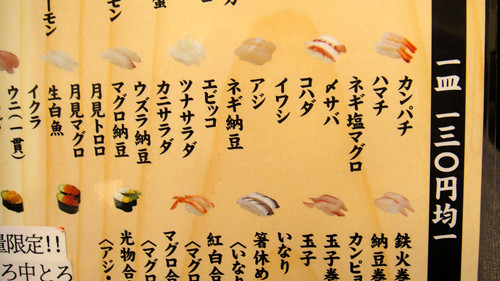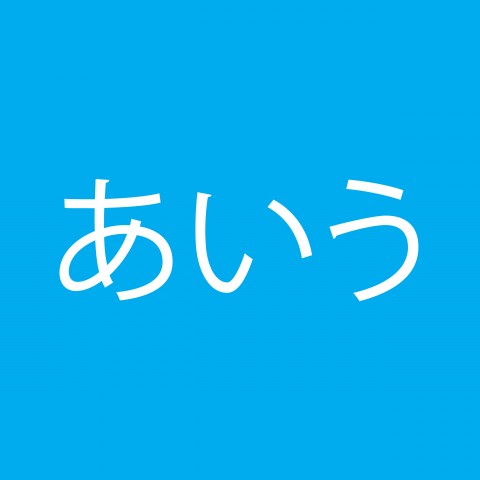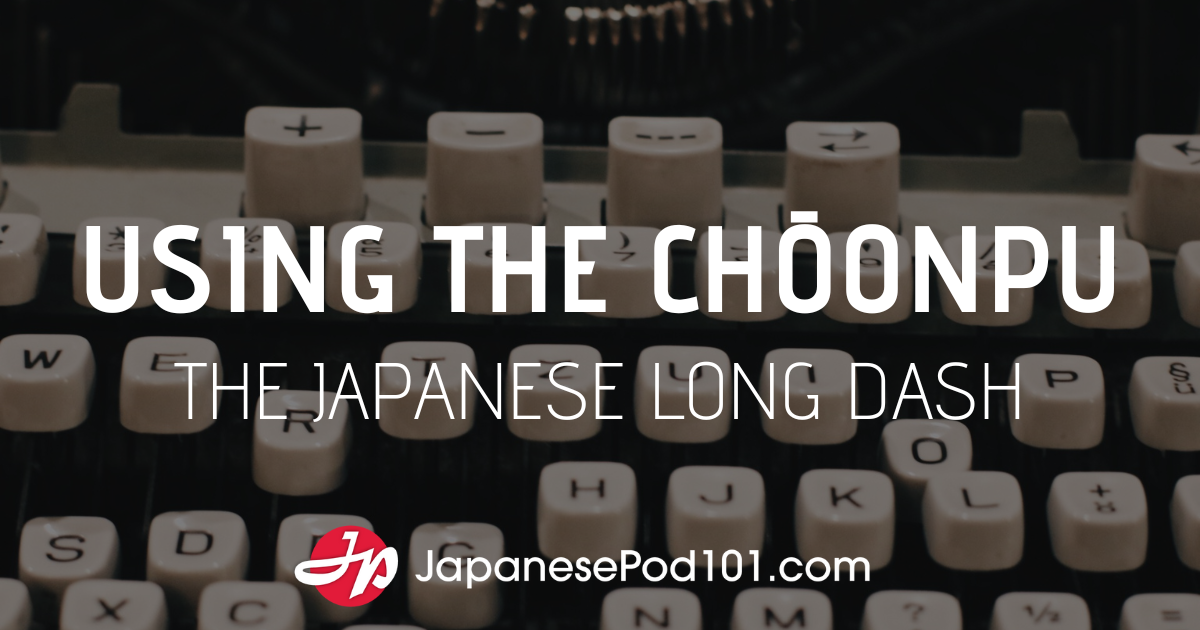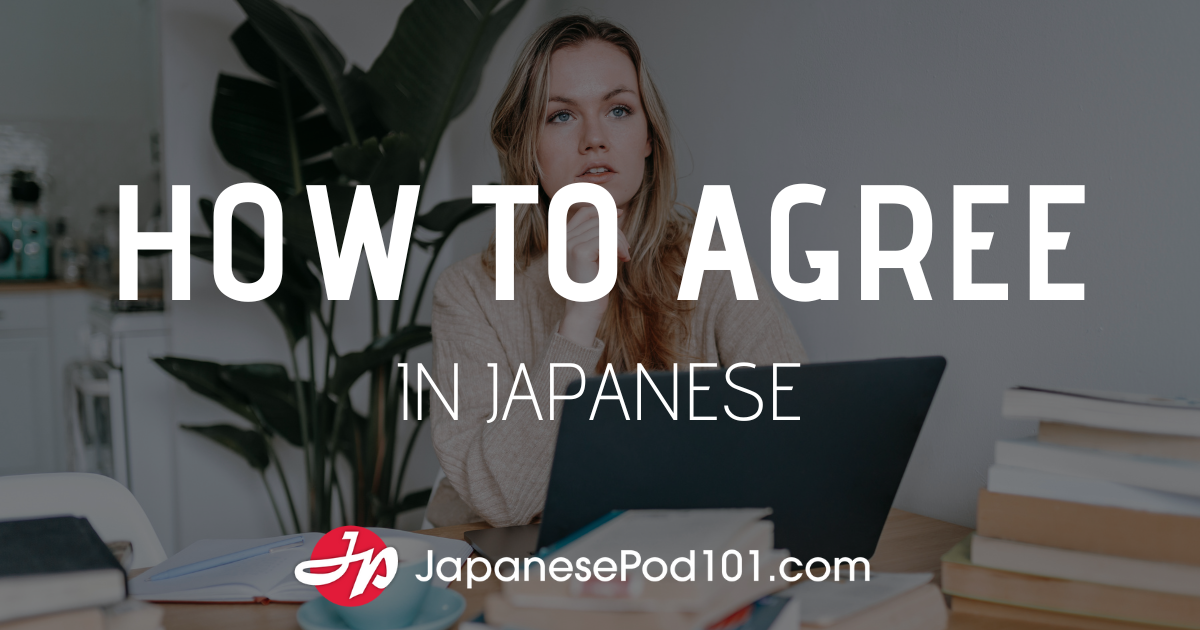Hi everyone!
Welcome to Everyday Kanji! In this series, we’re going to present pictures of kanji seen in various places in Japan taken by the team members at JapanesePod101.com. That’s right – kanji seen and used everyday!
The theme for this week will be “Japanese food menus and prices written in kanji” When you go to a Japanese restaurant, this series might be of some help!
生まぐろ丼 (nama maguro don): 生 means “raw”. まぐろ means “tuna”. 丼 means “a bowl.” Can you picture what this food looks like?
This is a rice bowl with raw tuna on top. You’ll often find 丼, which means “a bowl”, on Japanese food menus. When it is used in the name of a Japanese dish, it refers to a rice bowl with something on top, such as 牛丼 which means a rice bowl with beef on top.
生まぐろ丼 (nama maguro don) = a rice bowl with raw tuna on top
● 生 (nama) = raw
● 丼 (don) = a bowl
Do you know how much this is? The kanji 一 is “one” and 〇 means “zero”, so this price is 1,000 yen.
一 = 1
〇 = 0
〇 = 0
〇 = 0
円 = yen
明太子丼 (mentaiko don): Here is another Japanese food with 丼 (don). What does it have on top?
It’s 明太子on top of a rice bowl. 明太子 is read as “mentaiko”, which is a kind of salted cod roe, but it’s spicy. It costs 690 yen.
明太子丼 (mentaiko don) = a rice bowl with “mentaiko” on top
● 明太子 (mentaiko; an irregular reading) = spicy salted cod roe
● 丼 (don) = a bowl
とり唐揚げ (tori karaage) = fried chicken
● 唐 (kara) = China
● 揚 (age) = fry in deep oil
奴付 (yakko tsuki) = comes with cold tofu
奴 (yakko) = short version of 冷奴 (hiyayakko) which means “cold tofu”
付 (tsuki) = comes with
Price:
六 = 6
九 = 9
〇 = 0
円 = yen
さば塩焼き定食 (saba shioyaki teishoku): 定食(teishoku) means a set meal that has a main dish and a side dish, plus rice and miso soup. What is the main dish for this menu?
定食 (teishoku) offer a typical type of Japanese food, and you’ll often find this kind of set in Japanese food restaurant. In this case, the main dish is さば塩焼き (saba shioyaki). 塩焼き means “grilled with salt” and さば is “mackerel.” So, さば塩焼き means “salted grilled mackerel.”
さば塩焼き定食 (saba shioyaki teishoku) = a set meal with salted grilled mackerel
● 塩 (shio) = salt
● 焼き (ya-ki) = grilled
● 定 (tei) = set, fixed
● 食 (shoku) = food
煮物付 (nimono tsuki) = comes with boiled food
● 煮 (ni) = boil
● 物 (mono) = thing
● 付 (tsuki) = attach, comes with
定食 are known for being relatively cheap, and this one costs 600 yen.
六 = 6
〇 = 0
〇 = 0
円 = yen
さばみそ煮定食 (saba misoni teishoku): Here’s another 定食 with mackerel. Can you tell how it’s different from the last one, さば塩焼き定食?
みそ煮 (misoni) is to cook something with miso. So, さばみそ煮 is mackerel cooked with miso. This 定食 is also 600 yen. But this 定食 has 奴 (yakko) as the side dish. 奴 is “cold tofu.”
さばみそ煮定食 (saba misoni teishoku) = a set meal with mackerel cooked with miso
● 煮 (ni) = to cook
● 定 (tei) = set, fix
● 食 (shoku) = food
奴付 (yakko tsuki) = comes with cold tofu
● 奴 (yakko) = cold tofu
● 付 (tsuki) = attach, comes with
This 定食 costs 600 yen:
六 = 6
〇 = 0
〇 = 0
円 = yen
一皿 一三〇円均一 (hitosara hyakusanjū-en kin’itsu): You can tell this is a sushi shop from the pictures. But, what kind of sushi place is it?
皿 (sara) means “plate” and 均一 (kin’itsu) means “flat fee.” You can see this kind of sign at a conveyor-belt sushi place (kaiten zushi). This means that any plate is 130 yen.
一皿 (hito sara) = one plate
● 一 (hito) = one
● 皿 (sara) = plate
130 yen
一 = 1
三 = 3
〇 = 0
円 = en
均一 (kin’itsu) = flat fee
● 均・kin = level
● 一・itsu = one
If you think you can remember them all, try testing yourself with this video on Youtube! https://www.youtube.com/watch?v=i9rlfhtBzyQ
Follow us on Twitter for future Everyday Kanji series!














